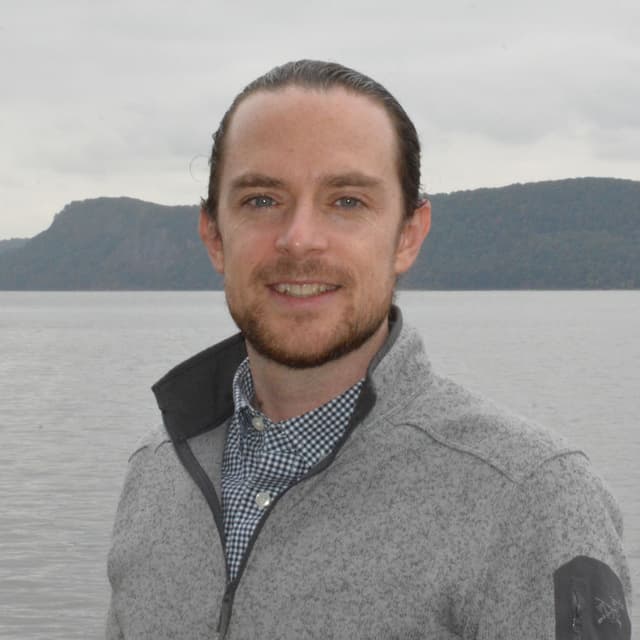
On tap in 2018: NYC will continue to provide pristine, unfiltered water for its residents
January 2, 2018

Mike Dulong
Legal Program Director

Photo courtesy Jeff Turner via Flickr CC
Related campaigns

New York City drinking water
The water supply for 9.5 million New Yorkers depends on keeping our watersheds clean and protected

Protecting Hudson River watershed drinking water at the source
Riverkeeper ensures that drinking water sources stay clean and safe through vigilant advocacy and conservation efforts
